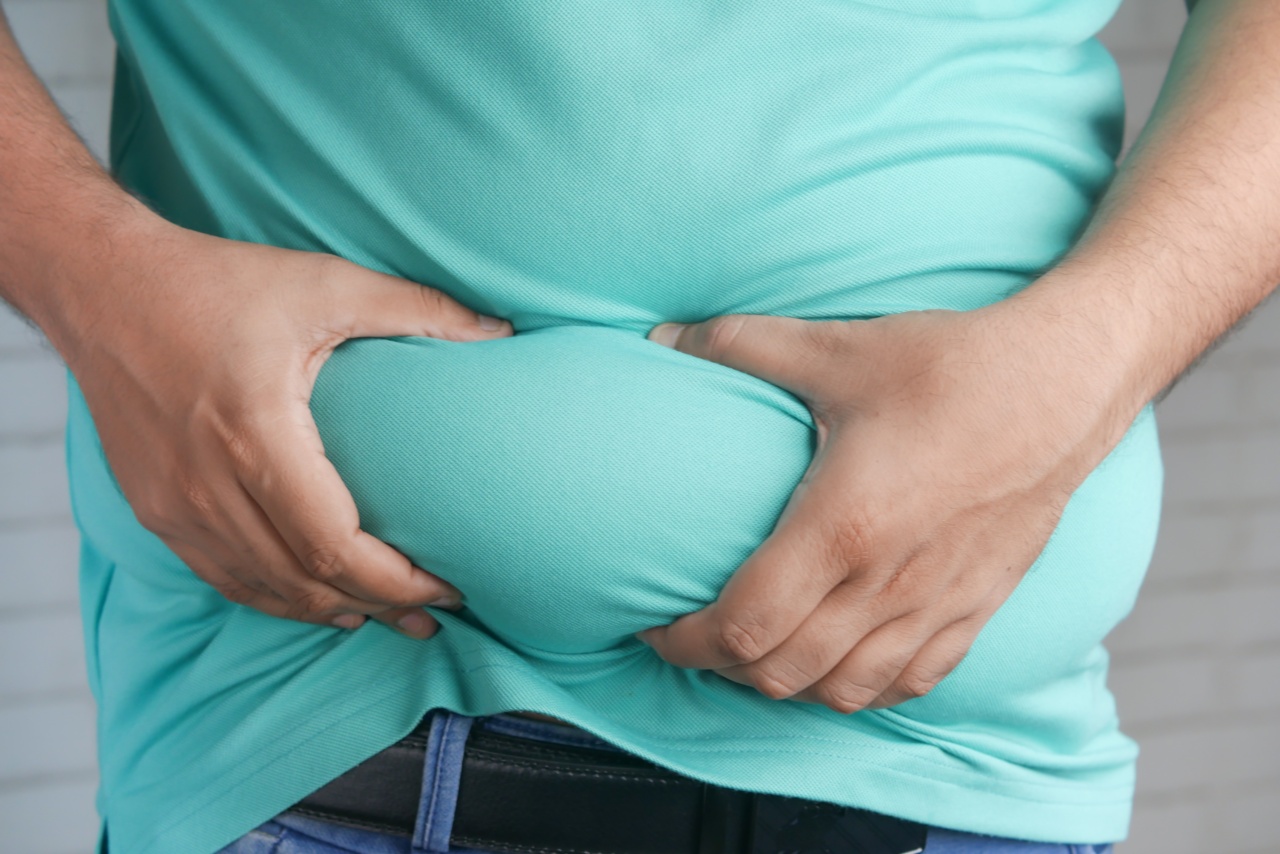Excessive fat accumulation in the body, especially around the midsection, can have severe health consequences. Belly fat, or visceral fat, is one of the most dangerous types of fat and is linked to various health risks.
In addition to belly fat, fat in the hands, arms, and other areas of the body can also contribute to health problems. In this article, we will discuss the health risks associated with belly fat and fat in the hands.
Belly Fat
What is Belly Fat?
Belly fat is a type of visceral fat that accumulates around the midsection. It is different from subcutaneous fat, which is the fat that lies under the skin and can be pinched.
Visceral fat, on the other hand, surrounds vital organs such as the liver, pancreas, and intestines.
What are the Health Risks of Belly Fat?
Belly fat is not just unsightly, but it can also lead to various health problems. Some of the health risks associated with belly fat include:.
- Heart disease: Belly fat is linked to an increased risk of heart disease and other cardiovascular problems. This is because visceral fat produces inflammatory substances that can damage the arteries, thus increasing the risk of heart disease.
- Type 2 diabetes: Belly fat is a major risk factor for Type 2 diabetes. It can cause insulin resistance, which reduces the ability of the body to use insulin effectively.
- High blood pressure: Belly fat can also lead to high blood pressure, which is a major risk factor for heart disease and stroke.
- Stroke: Belly fat is linked to an increased risk of stroke. This is because visceral fat produces inflammatory substances that can damage the blood vessels in the brain.
- Certain cancers: There is evidence that belly fat increases the risk of certain cancers, such as colon cancer and breast cancer.
How to Reduce Belly Fat
To reduce belly fat, you need to follow a healthy diet and exercise regularly. Here are some tips to help you reduce belly fat:.
- Reduce your calorie intake: You need to create a calorie deficit to lose belly fat. This means that you need to consume fewer calories than you burn.
- Eat a healthy diet: To reduce belly fat, you need to eat a healthy diet that is low in calories and high in fiber. You should include plenty of fruits, vegetables, and whole grains in your diet.
- Engage in regular exercise: Exercise is one of the best ways to reduce belly fat. You should engage in regular aerobic exercise, such as walking, jogging, or cycling.
- Strength training: Strength training can also help you reduce belly fat. It helps to build muscle, which increases metabolism and burns more calories.
When to See a Doctor
If you have a large amount of belly fat and are experiencing symptoms such as chest pain, shortness of breath, or dizziness, you should see a doctor immediately.
These symptoms could be a sign of a more serious health problem such as heart disease or a heart attack.
Fat in the Hands
What is Fat in the Hands?
Fat in the hands is a condition where excess fat accumulates in the hands and fingers. It can make the hands look puffy and swollen. While this condition is usually harmless, it can be a sign of an underlying health problem in some cases.
What are the Health Risks of Fat in the Hands?
Fat in the hands is usually not a health risk, but it can be a sign of an underlying health problem such as hypothyroidism or Cushing’s syndrome. These conditions can cause weight gain and fluid retention, which can lead to fat in the hands.
In rare cases, fat in the hands can also be a sign of lipedema, which is a condition where fat accumulates in the legs and arms.
How to Reduce Fat in the Hands
To reduce fat in the hands, you need to lose weight in general. You can do this by following a healthy diet and engaging in regular exercise. Here are some tips to help you reduce fat in the hands:.
- Reduce your calorie intake: To lose weight, you need to consume fewer calories than you burn. Reduce your calorie intake by eating a healthy diet that is low in calories.
- Engage in regular exercise: Exercise is one of the best ways to lose weight. Engage in regular cardio exercise such as walking, jogging, or cycling.
- Strength training: Strength training can also help you lose weight. It helps to build muscle, which increases metabolism and burns more calories.
- Avoid salty foods: Salty foods can cause fluid retention, which can make the hands look puffy and swollen.
When to See a Doctor
If you have fat in your hands that is accompanied by other symptoms such as weight gain, fatigue, or muscle weakness, you should see a doctor. These symptoms could be a sign of an underlying health problem that needs to be addressed.
Conclusion
Excessive fat accumulation in the body, especially around the midsection and hands, can have severe health consequences. Belly fat is one of the most dangerous types of fat and is linked to various health risks.
Fat in the hands is usually harmless, but it can be a sign of an underlying health problem in some cases. To reduce belly fat and fat in the hands, you need to follow a healthy diet and engage in regular exercise. If you have any concerns about your health, you should see a doctor.


























